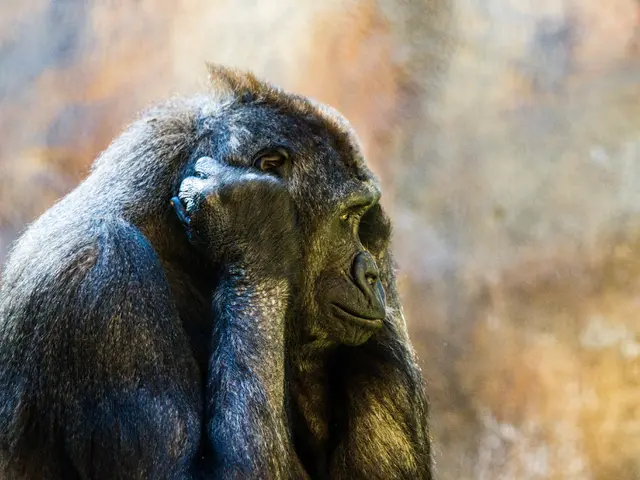Mental Trip: Exploring the Landscape of Emotions and Memories via Psychology
In the animated film "Inside Out," emotions take centre stage as they are personified as characters within the mind of the protagonist, an eleven-year-old girl named Riley. The film offers a captivating exploration of contemporary psychological theories, illustrating how emotions dynamically influence memory formation and personality.
At the heart of the film lies the intricate interplay of Joy, Sadness, Fear, Anger, and Disgust, each character representing a core emotion that shapes Riley's experiences. It underscores the idea that emotions are integral to how memories are encoded and recalled, aligning with research showing emotional context organizes memory and shapes identity.
The film underscores the power of emotional intensity in memory retention, making certain events unforgettable. Contextual cues can serve as powerful triggers, bringing specific memories to the forefront. Selective attention can be influenced by emotional states, prioritizing certain experiences over others. Emotional experiences often undergo more robust consolidation, making them more resistant to forgetting.
"Inside Out" promotes emotional intelligence by advocating emotional acceptance, integration, and reflective awareness. The film suggests practical strategies by demonstrating the value of accepting and integrating all emotions, not just happiness. For instance, Sadness helps Joy and Riley understand that expressing and experiencing diverse emotions, especially sadness, is essential for emotional health and mature self-awareness.
Moreover, the film's emphasis on the interaction of emotions in the "headquarters" models how emotional regulation and perspective-taking operate in the psyche, encouraging viewers to recognize the role of different feelings and the importance of empathy towards oneself.
The sequel, "Inside Out 2," expands this by introducing new emotions linked to adolescence, such as Anxiety and Embarrassment, reflecting developmental changes in emotional complexity.
In essence, "Inside Out" visualizes complex cognitive-emotional processes consistent with contemporary psychological theories about the interplay between emotion and memory. It serves as a compelling reminder of the importance of emotional intelligence in navigating life's ups and downs.
- The actor voice-acting Sadness in the film "Inside Out" showcases the significance of embracing elements of mental health within indie cinema.
- The film's animation style beautifully illustrates the science behind health-and-wellness, particularly the influence of emotions on memory formation.
- The sequel "Inside Out 2" delves deeper into the complex world of mental health, highlighting new emotions tied to adolescence, such as Anxiety and Embarrassment.
- The film "Inside Out" serves as a powerful tool in promoting emotional health and wellness, advocating for the integration of all emotions and emphasizing the importance of empathy towards oneself.




